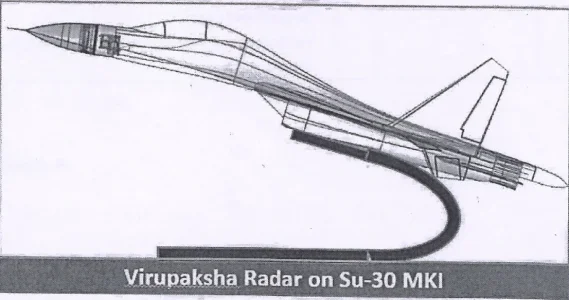- Joined
- Jan 1, 2025
- Messages
- 137
- Likes
- 650
Snowball effect. Too big to do Corruption now with Import when this exists.Y'all nibbiars what is the story of HAL Dhruv/Rudra?
View attachment 43021
Why is it the only DPSU project getting decent orders, without demand for proven imports?
And this is inspite of the crashes






